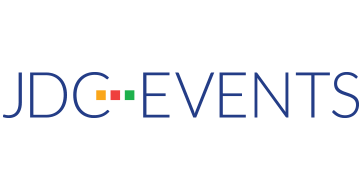13 Jul Create Compelling Digital Content with Synchronous and Asynchronous Learning
It’s always exciting to see event participants pumped up when learning about something new. To create that excitement in the digital space, you must first understand what your audience hopes to achieve and experience. What challenges to they want to overcome? What questions do they want answered?
Booking compelling presenters is important, but choosing how you deliver their content is another key piece of the content puzzle. Although work-from-home distractions pull our ever-decreasing attention away from our screens, many of us are still suffering from screen fatigue. These considerations must be weighed when planning your event in order to create a balance of content that will keep attendees interested and engaged.

One of the best ways to ensure you engage your audience is to think in terms of synchronous vs asynchronous learning models. In the digital events world, these two types of learning help drive content delivery. By understanding and employing them, organizers can accommodate attendees much more effectively.
What is the Difference between Synchronous and Asynchronous Learning?
Synchronous learning refers to content that brings together all your attendees at the same time. Presentations, lectures, discussions, and interactive activities take place on a schedule, and attendees must be online at that predetermined time in order to participate. Asynchronous learning, on the other hand, allows participants to access content at their convenience. Videos, podcasts, online libraries, social postings, and other resources are made available for access at any time.
When deciding on your mix of content delivery, consider your audience. For example, people who enjoy showing up at a traditional trade show may prefer synchronous content. The same is true for people who want the experience of connecting with others in real time. They may like having the opportunity to be involved in a question-and-answer chat session, or find it rewarding to be able to offer input on a topic. For others, asynchronous content could be a better fit, whether because of time constraints that prevent them from showing up at the set time, or just out of a desire to have more time to digest information outside the limitations and distractions of a real-time event.
Types of content that can be synchronous, asynchronous, or even both, include:
Videoconferencing has made it possible to continue holding events even during the COVID-19 pandemic. This type of content can be synchronous or asynchronous; in addition to allowing for live events to take place in real-time, content can be recorded and made available after the event through videos posted to online platforms such as YouTube, social media, or a sponsor’s website. The added benefit of making content available post-event is having the ability to drive traffic to that content with follow-up marketing.
Videoconferencing is also a great option when your event includes small breakout sessions, because it allows for interaction between participants. Sessions could simply equate to guided brainstorming for ideas, or they could involve interaction with one or more presenters. Videoconferencing is also a great way to hold a reception; send sponsored wine and cheese in advance to give participants an opportunity to really immerse themselves in the experience.

Chat rooms involve two or more users logging in and interacting and are often available as built-in modules that interface with the event presentation. These allow users to ask and answer questions, as well as share insights and resources. Chats are typically synchronous, but can also be made asynchronous by having the transcript of the chat – especially a Q&A session – available after an event.
Online polling is a good tool for gauging topic interest before an event or measuring results afterward. Today, online polling is also an option during an event and can make for a more interactive experience.
Live streaming is another way to allow attendees to participate in an event. By broadcasting an event with a series of presenters in real-time over an online platform, attendees can choose to tune in as time and topic interest permit. Recording the content for later online viewing allows attendees to capture information they might have missed in earlier session. With live streaming, ensure that presenters are aware that the broadcast may include a larger audience to allow them to tailor their content accordingly.
Digital materials are often asynchronous and prepared to support synchronous content. For example, a presenter may need to use a PowerPoint or share a document, video, or podcast excerpt as part of their time on screen. In some cases, these can be shared in advance of an event and/or posted online afterward. For instance, a presenter may wish to share a small portion of a video as a teaser prior to an event – similar to the trailer for an upcoming movie.
The bottom line:
When creating compelling content for your event, listen to your audience. Take direction on what matters to them; their opinions can help guide your use of synchronous versus asynchronous content. And shake it up a bit: Consider ways to use both synchronous and asynchronous content, and design your event to include interesting digital sets or snips of music to further enhance the presentation.
Finally, be mindful of the overall screen time. Encourage your speakers to keep their keynotes and presentations succinct and interesting by using interactive tools. Together, these ideas can help you design an event in which attendees are excited to participate.



